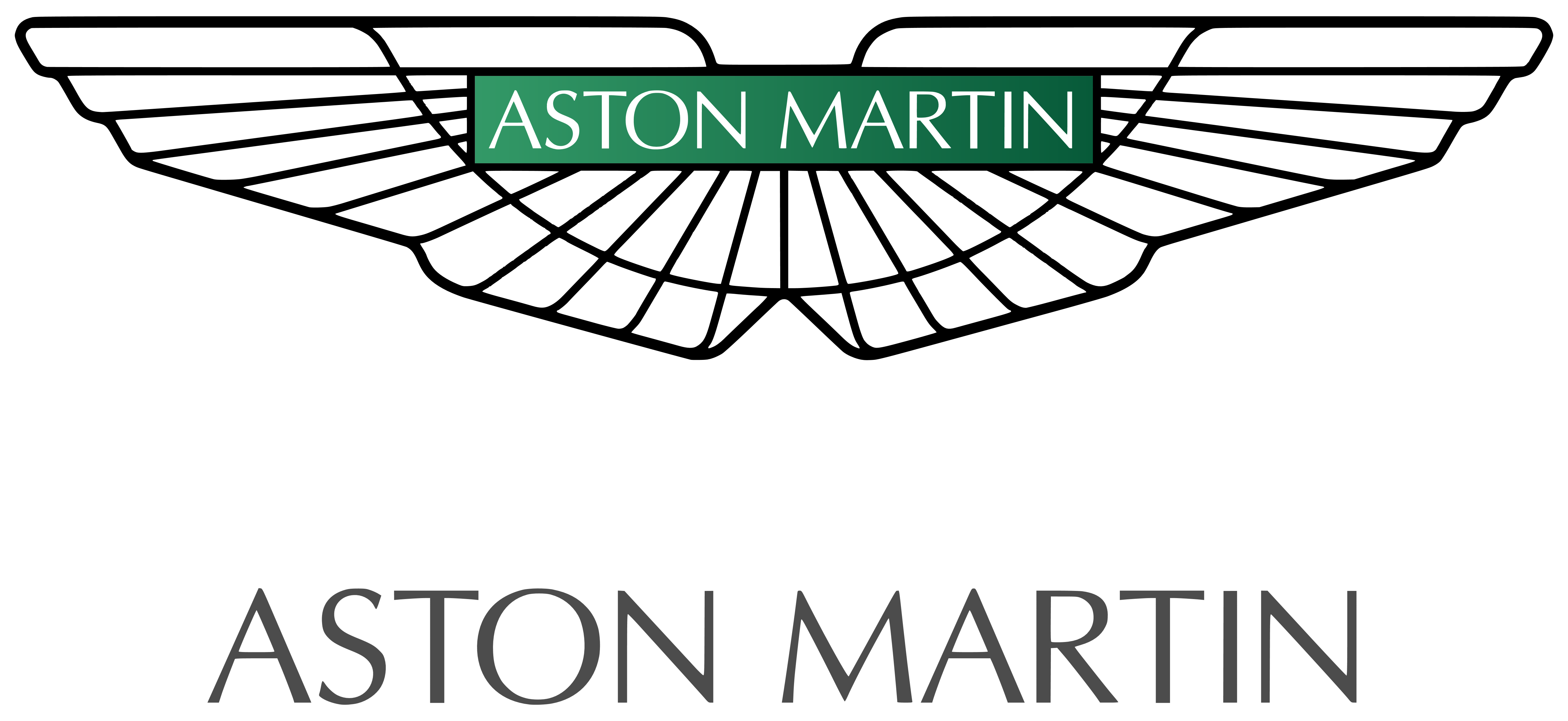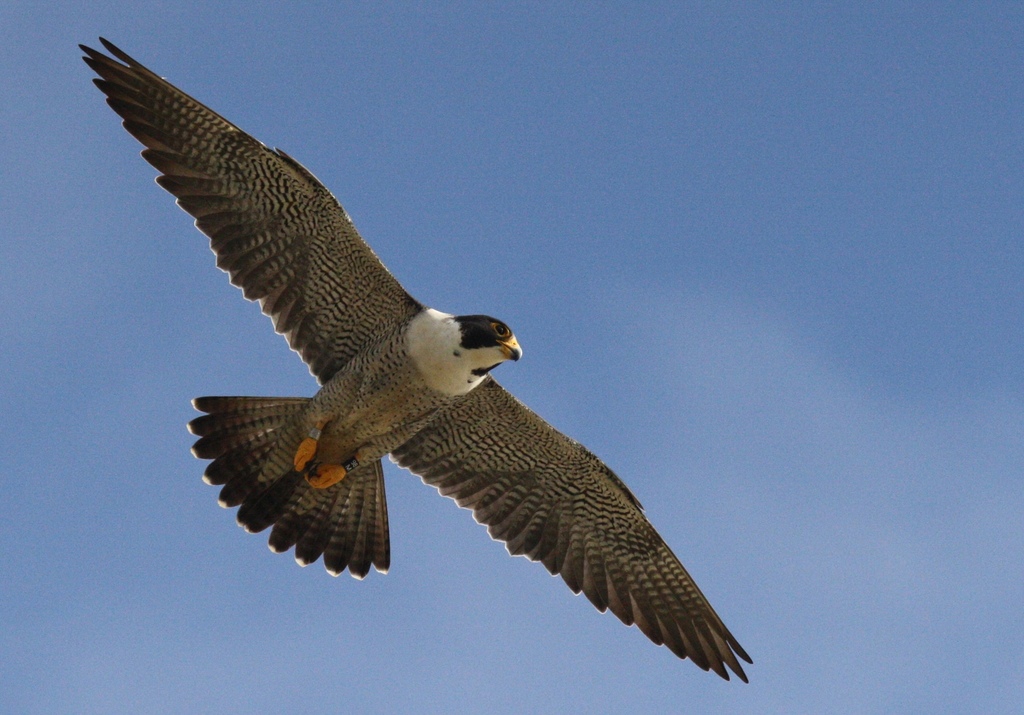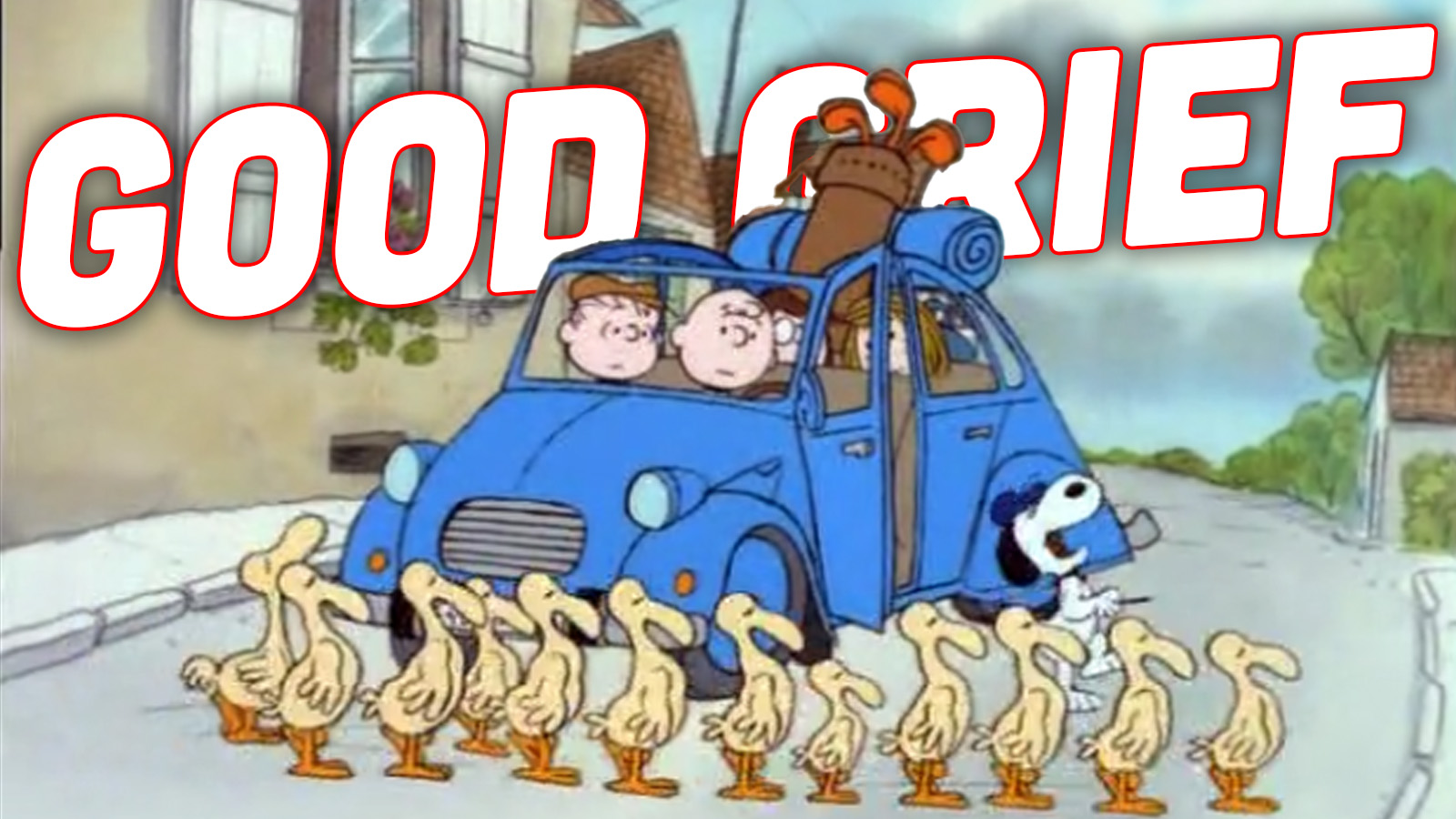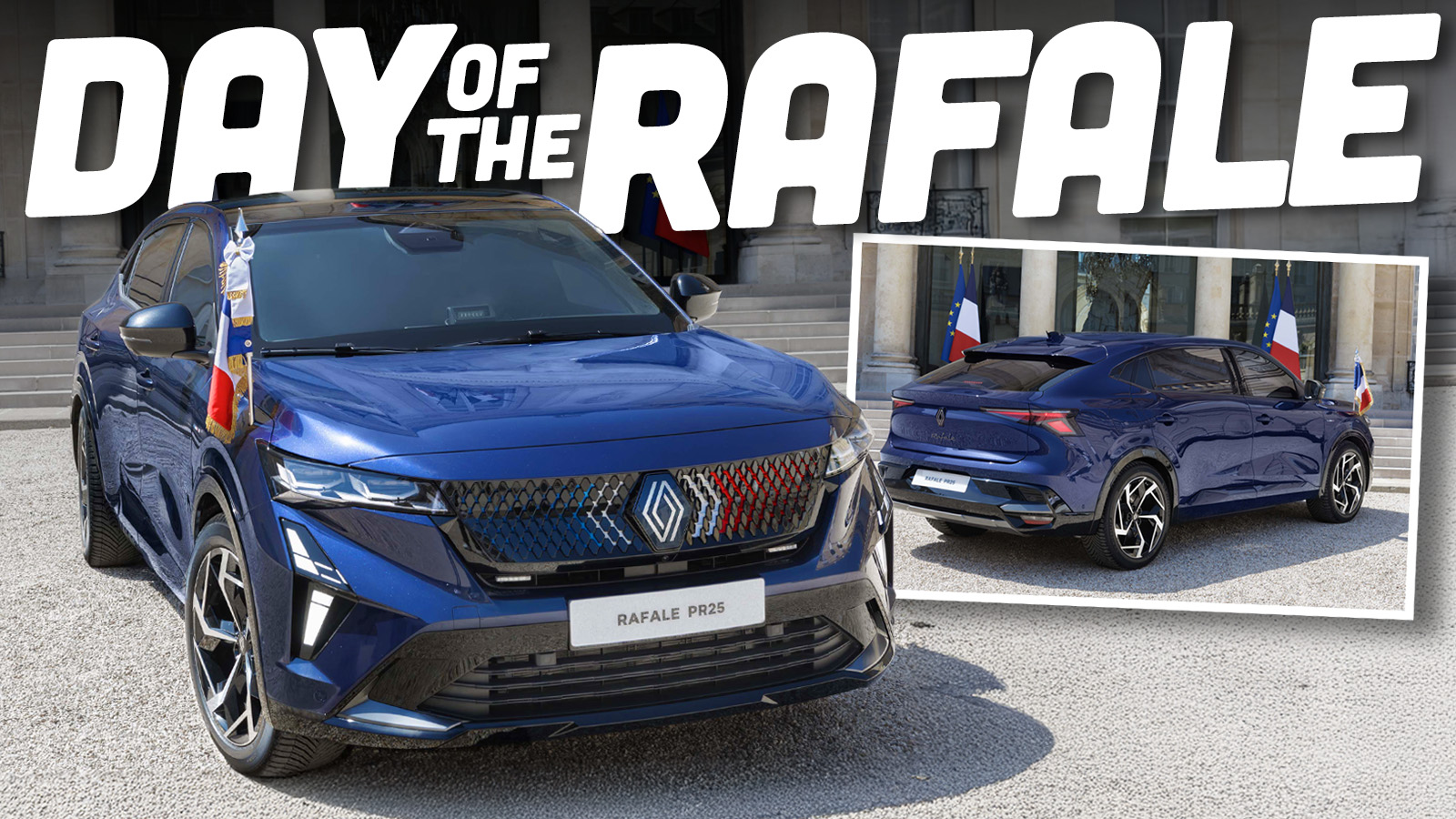I think more than most industries, carmaker logos and badges tend to have a lot of longevity, and changing or updating a logo is seen as a Big Deal. Maybe its because cars tend to immortalize their logos in chrome badges and large signs over dealerships and other very obvious and tangible things. That’s why it’s a much bigger deal when a carmaker changes a logo than if, say, WhatsApp changes their icon, or KFC moves to a new typeface next to a more handsome Colonel. Car logos are different; if you don’t believe me, look at Ford, which has kept the essentially the same objectively wildly-outdated logo that they’ve used (with various minor refinements) since 1909. Bentley is a carmaker with a well-known, over-century-old logo, and now they’re changing theirs, so the least we can do is look at it and scrutinize it like the good obsessives that we are.
The Bentley logo is an example of a classic motif in logo design: some center element, be it a name or object or letterform, bracketed by a pair of wings. This comes up over and over in logo design, and especially automotive-related logo design, where the wings suggest speed and mobility, even if, generally, actual flight is off the table for most cars.
Consider the logo for Indianapolis Motor Speedway, for example:

…or Aston Martin’s logo:

…or even the logo on the grille of my Nissan Pao:

Winged things are a true staple of automotive visual identity, and Bentley has been enjoying such ornithological logos since way back in 1919. Here’s the progression of their logo from then until now, so we can understand better how they approach this old but still compelling concept:

I think what’s most fascinating about Bentley’s logo is how seemingly cavalier the company has been to the details of the logo, as they all seem to mostly just be based on a general description: the distinctive Bentley “B” in an oval, bracketed by wings of some kind and maybe with some extra feathers at the bottom. That seems to be it, pretty much?
The visual style of the wings hasn’t been particularly consistent, really, and aside from a good bit of simplification and streamlining from the 1919 one to the 1931 version, you could almost take the 1931, 1996, and 2002 logos and put them in any order and almost nobody would be able to tell. There really hasn’t been any sort of logo evolution for Bentley, just some minor shuffling of feathers and bezel widths and so on.
Just to prove my point, let’s reverse the order of the three in the middle and move the oldest to the top, and the new one to the bottom. Would you be able to tell this wasn’t right?

I don’t think I would.
Anyway, given all of that, this new logo is a pretty dramatic departure from the old ones. For the first time, the wings are aggressively stylized, and no longer attempt to resemble actual feather patterns of real bird wings, instead opting for a faceted, jewel or quilted textile-like pattern that at most suggests feathers. The wing shape has been dramatically simplified to near-triangular forms, and all of the extra feathers and fussier details on the bezel around the “B” have been eliminated.
I think perhaps we got an early taste of this new look, in hood ornament form, around 2019 when they introduced the new Flying Spur and its shy hood ornament that can retreat into the grille:
You can see a very similar simplified wing shape there, as well as a more stylized feather pattern, even if that one was a bit more naturalistic.
Here’s some PR-talk about the new logo from Bentley:
The design of the new Winged B was led by Robin Page, supported by a small and dedicated internal team. Initially, a competition was run, allowing the entire design team to submit concepts and sketches. The final design chosen was proposed by Young Nam, a member of the Interior Design team, and that concept was then developed and detailed into the final version.
The mission in designing the new emblem was to capture some of the beautiful details from the previous designs – for example, the diamond pattern of the inner wings and the B ‘centre jewel’ – but create a more modern and progressive design.
The shape of the new wings themselves are sharper and more dramatic than the outgoing version – more reminiscent of the angled wings of a Peregrine Falcon than the previous softer shapes. The lower feathers underneath the B have been removed entirely, for a visually-cleaner shape.
Okay, that all generally makes sense, though, I, embarrassingly, can’t seem to conjure up a Peregrine Falcon’s wing shape off the top of my head. Let’s check on that:

Ehhhhh, okay, I guess I can kind of see what they mean, but it is a bit of a stretch. Whatever, we all like Peregrine Falcons, right?
You know what, though, and I suspect this is not what Bentley was going for? Those new wings feel sort of insect-like, at least to me. Which I kind of like!
The new logo is set to be first used on a concept car that Bentley will show in just six days from now, and the new badge is about all we see of that concept in this new teaser video:
It looks like it illuminates, which has been a car badge trend lately, and there’s what looks to be an illuminated grille made up of a lot of greater than- and less-than signs (<> ><). I’m curious to see how all of this define’s Bentley’s new overall look.
I think this is a welcome re-design for Bentley; I’m glad to see them sticking with the winged basics, but it was probably long overdue for a nice distillation and streamlining of the logo, which this does seem to accomplish pretty well.
So, okay, Bentley, I guess you have my approval. You’re welcome.







Way too minimalist. Looks like a GTA logo: rsembles a badge you know, but just different enough to be legally distinct, and overly-simplified so you can still make it out when playing on potato-spec graphics settings.
Dammit Jeeves, I don’t want cicada wings on my car. Take it back and get a Rolls.
I think if one were to special order a Bentley – one could simply request that it be built using a set of old badges.
Can’t say I like it. For a car brand that thrives on attention to detail it seems like they dialed it back on the logo.